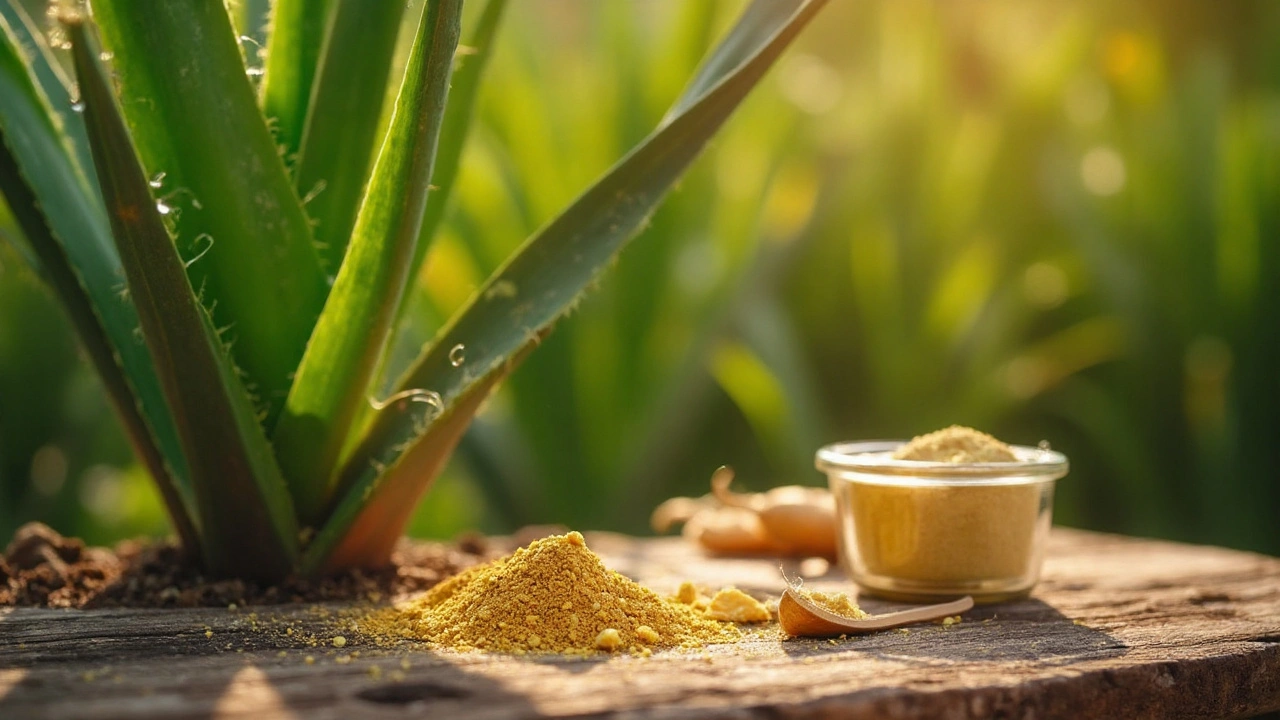Yucca Supplement: What It Does, How to Take It, and What to Watch For
Yucca is a desert plant native to the Southwest U.S. and Mexico. Its root and stem contain saponins, phenols, and fiber that many people turn into capsules, powders, or teas. If you’ve seen yucca in a health store, you’re probably curious about whether it can actually help with joint pain, digestion, or inflammation. Below we break down the real‑world benefits, the risks, and simple ways to add yucca to your routine without blowing your budget.
Key Benefits of Yucca
1. Joint comfort – The saponins in yucca act like gentle anti‑inflammatories. A handful of studies on athletes and older adults show reduced knee pain after 4‑6 weeks of daily supplementation.
2. Digestive support – Yucca fiber can help move food through the gut, easing occasional constipation. Some people also report less bloating when they swap a sugary snack for a yucca‑based drink.
3. Blood‑sugar balance – Early research suggests yucca may slow carbohydrate absorption, which can blunt spikes after a meal. If you monitor your glucose, try a low‑dose before carbs and watch the numbers.
4. Skin health – Topical yucca extracts are used in creams for acne and eczema because the plant’s antioxidants can calm redness. While oral supplements aren’t a magic skin fix, they may complement a good skin routine.
Safety, Dosage & Tips
Typical doses range from 500 mg to 1,500 mg of yucca extract per day, split into two meals. Start at the lower end for a week, then increase if you feel good and don’t notice stomach upset.
Watch out for these side effects:
- Gas or mild diarrhea (common when you jump to a high dose too fast).
- Low blood pressure – the plant can relax blood vessels, so people on antihypertensive meds should talk to a doctor first.
- Allergic reactions – rare, but if you have a known yucca or cactus allergy, skip it.
Choosing a quality product matters. Look for labels that show a standardized saponin content (usually 2‑4%). Avoid blends that hide the amount of yucca behind sweeteners or fillers.
Here’s a quick checklist before you buy:
- Third‑party testing badge (e.g., NSF, USP).
- Clear dosage instructions on the bottle.
- No unnecessary added sugars or artificial colors.
When you start, pair yucca with a balanced diet. It won’t replace a healthy eating plan, but it can fill gaps, especially if you’re chasing joint relief after a marathon or trying to keep your gut moving.
FAQs:
- Can I take yucca with ibuprofen? Yes, but keep track of total anti‑inflammatory load. If you experience stomach pain, lower the dose.
- Is yucca safe for kids? Most experts recommend waiting until the teen years unless a pediatrician says otherwise.
- How long before I see results? People report noticeable joint comfort after 2‑4 weeks; digestive changes can happen sooner.
Bottom line: Yucca supplement is a low‑cost, plant‑based option that may help with joint aches, occasional constipation, and even blood‑sugar control. Start small, watch how your body reacts, and choose a reputable brand. If you have chronic conditions or take prescription meds, a quick chat with your doctor can keep things safe and effective.
Yucca Supplement: Natural Relief for Inflammation and Pain
Sep, 23 2025
Discover how Yucca, packed with saponins, offers a natural way to curb inflammation and ease pain, backed by science and safe usage tips.
Read Article→
